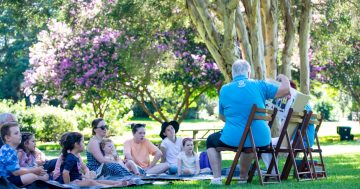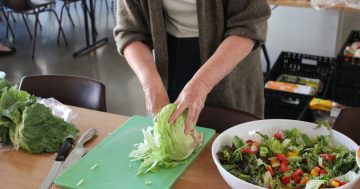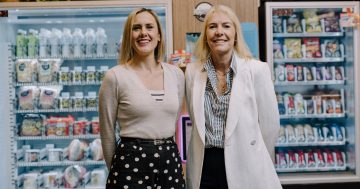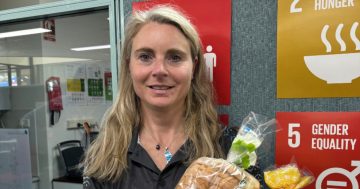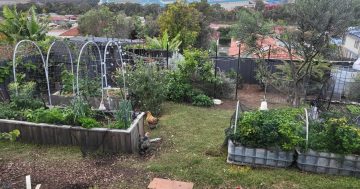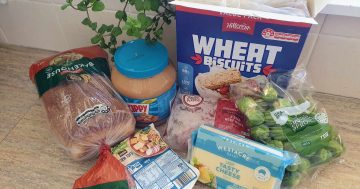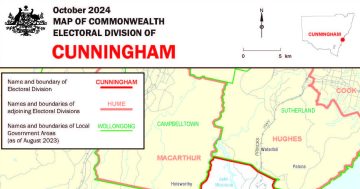
With food insecurity on the rise in the Illawarra, it’s time to spread the word about ways to keep the grocery bills down. Photo: Joshua Heath/Crop Swap Port Kembla.
As the bills stack up this summer, one of the biggest pain points for people is food – and the Illawarra is no exception.
Healthy Cities Illawarra program manager Berbel Franse says while the region’s more disadvantaged communities have experienced food insecurity for a long time, skyrocketing interest rates have tipped a whole new cohort of mortgage holders into food stress situations, which can quickly escalate to food insecurity.
“Food is obviously one of the last things to go, but as soon as your finances have you wondering where your next lot of groceries are coming from, lowering the quality of your produce, skipping meals or reducing portions, you’re considered food insecure,” she said.
“What we’re seeing in the latest Foodbank Hunger Report is that while 36 per cent of people in our community are experiencing food insecurity, a very small percentage of that are actually accessing food relief. People are going hungry, and that’s devastating.”
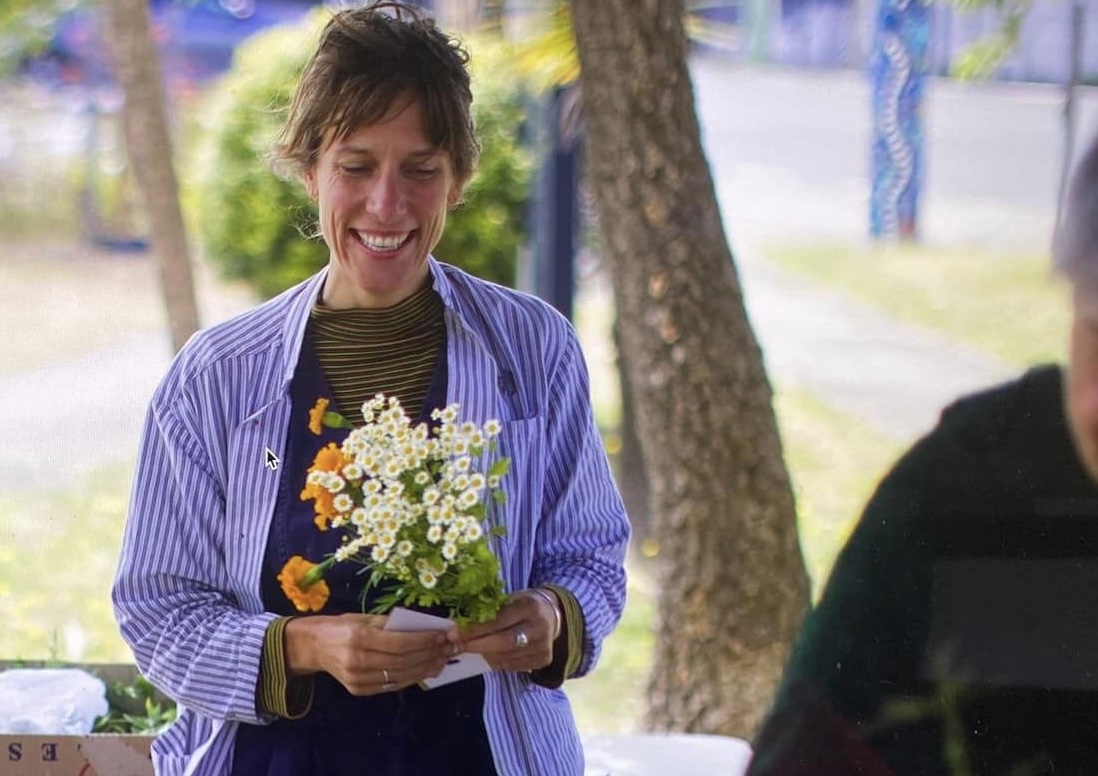
Healthy Cities Illawarra program manager Berbel Franse says food stress is a growing problem in the region. Photo: Joshua Heath/Crop Swap Port Kembla.
People are looking for ways to save. Recent data indicates three quarters of Australians have swapped name brand products for generic labels. Social media is flooded with advice on how best to shop around, for those who can spare the time.
Ms Franse says there are a number of ways to get good quality, fresh, healthy produce on a budget, many of which are captured on the Food Fairness Illawarra website.
Food Fairness Illawarra is a community coalition of councils, health districts, universities, charities, businesses and passionate community members that has been working to tackle food insecurity in the region since 2005.
“We know this is an incredibly complex issue that none of us can tackle by ourselves,” Ms Franse said. “By working together, we can unlock more sustainable, fairer solutions in our region.”
One invaluable resource is the Low Cost and Free Meals Directory. Among the listings of free and low-cost groceries and meal options is Food For Life, which sells $65 grocery hampers that Ms Franse says are incredible value for money.
“They are packed with things like milk, bread, and veggies from Sydney markets worth easily double the cost of the hamper itself,” she said.
“Their aim is to support people with affordable groceries so they don’t find themselves in a situation of food insecurity in the first place. This model appeals to a lot of people because it’s preventative, and available all across the Illawarra.”






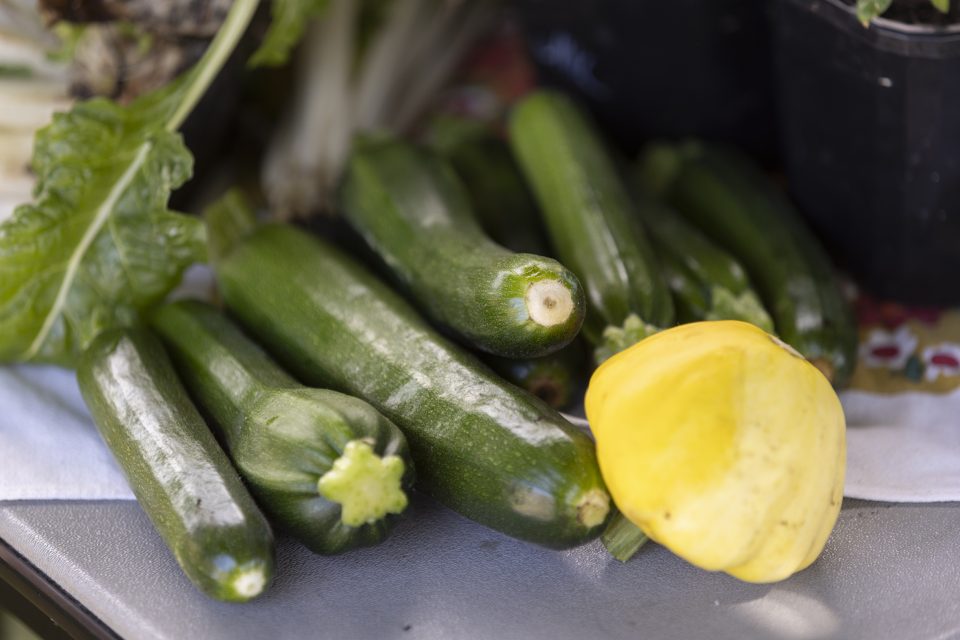

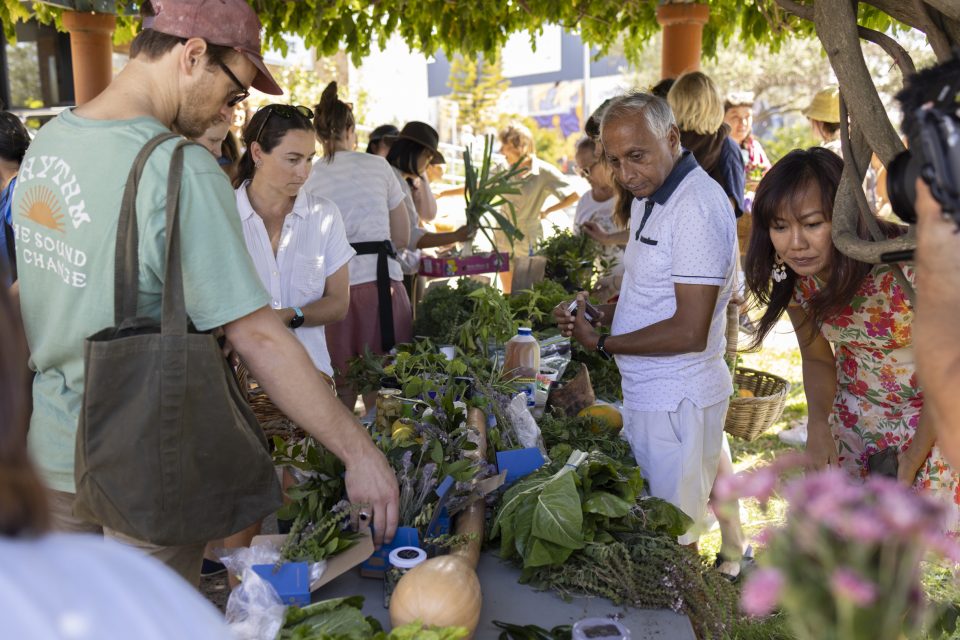
Another valuable resource is the Fair Foods Field Guide, which provides practicable information for people looking for other means to save on their food bills, including growing your own and minimising waste.
“Sometimes savings on food costs comes down to better food literacy. It’s knowing, for example, that you can use and eat both the white and the green of the leeks or spring onions, the broccoli stems and so on,” Ms Franse said.
“Some of the measures may seem obvious to some, but you may be surprised at what you learn there. It was developed as an educational resource to meet people where they’re at. Some people are already on the fair food journey, some are just starting out.”
A resource that Ms Franse says flies under the radar for the vast majority is the humble crop swap. The crop swap she established in Port Kembla is flourishing, as a place for local growers and producers to bring their extra produce, seeds, cuttings, plants, jams, pickles and preserves to swap, with multiple benefits for food security and sustainability including waste reduction, access to a glut of fresh produce, community connection and an impetus to learn.
Across the Illawarra, crop swaps have also been established in places like Unanderra, Otford and Bulli and are listed on the Food Fairness Illawarra What’s On guide.
“It’s such a good avenue of reducing food waste and saving money but also, education. I have been working in the food sustainability space for eight years and I have learned so much at every crop swap – from sustainable growth practices to waste-saving hacks and different ways to preserve grown items,” Ms Franse said.
“Times are tough, so we hope people share these resources with their communities, because even if you’re not having a tough time it doesn’t mean your neighbour isn’t. Food insecurity brings a lot of stigma, which is really unfortunate, and getting the word out is one way we can all help.”
The Port Kembla Crop Swap takes place every third Saturday of the month at front of Port Kembla Community Centre from 10 am to 11 am, and the next is this Saturday (16 December).








